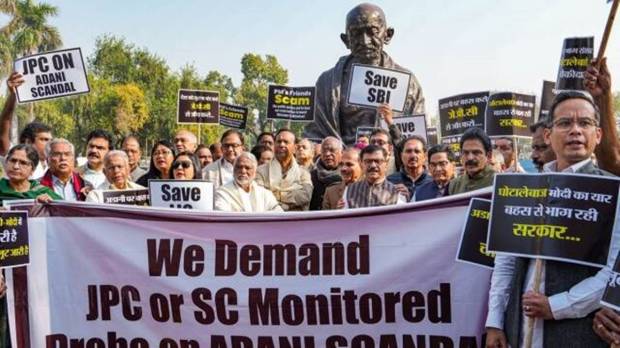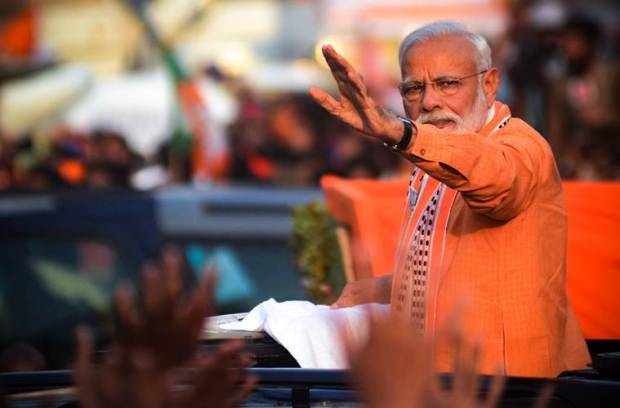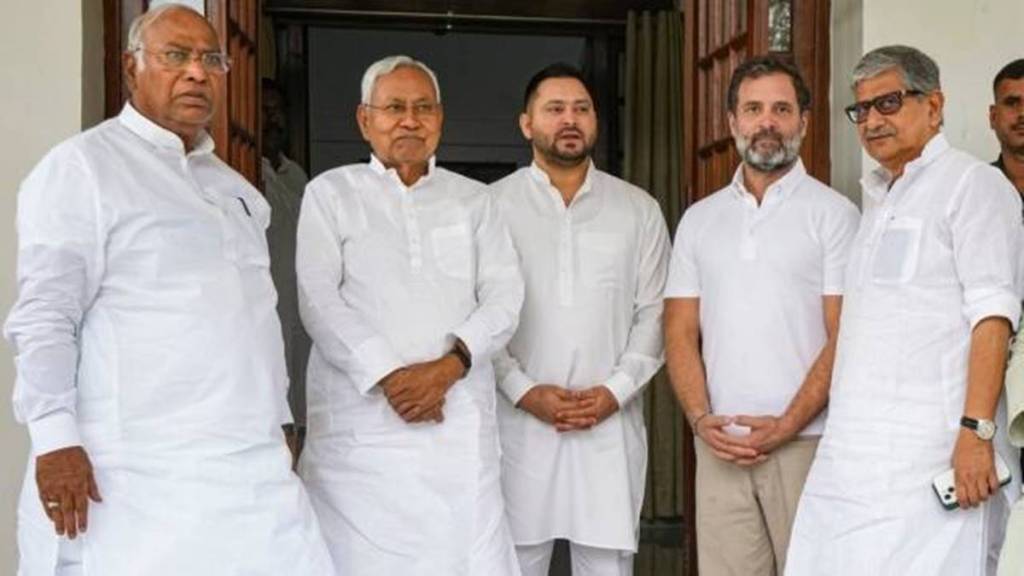The Opposition’s efforts to unite ahead of the Lok Sabha elections in 2024 have gathered pace. Earlier this month, JD(U) supremo and Bihar Chief Minister Nitish Kumar called on his West Bengal counterpart Mamata Banerjee and Samajwadi Party president Akhilesh Yadav in Kolkata and Lucknow, respectively. Nitish was accompanied by Bihar’s Deputy CM and Rashtriya Janata Dal leader Tejashwi Yadav, whom he has all but declared as the next Chief Minister of Bihar, in both these meetings.
The meetings come days after the duo met Congress president Mallikarjun Kharge and party leader Rahul Gandhi in the national capital. The leader of the erstwhile BJP ally is also scheduled to meet Odisha CM Naveen Patnaik and Telangana Chief Minister K Chandrasekhar Rao in the coming days. The plan is to get on board all Opposition parties who are stacked against the BJP, as well as the fence-sitters, to align for a cause to bring down the Narendra Modi government from power.
Also Read: Change of heart: When Nitish Kumar govt backed death penalty for Anand Mohan Singh
What is the Opposition’s formula?
Nitish Kumar’s strategy involves a multi-pronged approach that involves maneuvering and compromises on multiple levels by multiple stakeholders. The initial stages involve getting all parties to agree in principle to join hands with a common motive to defeat the BJP. This is a responsibility that Nitish has taken upon himself, and, to his credit, is also seeing initial success.

The stages that follow are where things start to get real. The plan now moves to get Opposition parties on board to agree to field one candidate against the BJP on as many of the 543 Lok Sabha seats as possible. The one-against-one plan further involves other Opposition parties backing this common candidate and, possibly, even deploying their own resources to campaign for this candidate.
In the 543-member Lok Sabha, the BJP has 303 seats while others have 240. Nitish Kumar’s understanding is that the BJP is set to face a significant dent in the number of seats in Bihar, Jharkhand while its seats are also likely to fall in states like Uttar Pradesh and other Hindi heartland states where it has already peaked. On paper, Nitish has already won the battle.
Also Read: BJP’s politics of polarisation gains momentum ahead of Karnataka Assembly elections
The Nuts and Bolts
Arithmetically, there is nothing one can fault in the plan Nitish has set out to implement. The problem with it is not in its ambition either. It is in its feasibility. For instance, would Mamata Banerjee agree to make way for a Congress candidate in a seat like Murshidabad in West Bengal? Would Arvind Kejriwal do the same for a Congress candidate in Delhi or Punjab?
The parties that Nitish seeks to unite have way too much bad blood between them. In West Bengal, The Trinamool Congress does not see eye to eye with Congress and the Left. In Uttar Pradesh, Congress and the Samajwadi Party too have grown distant in the past few years. So have the SP and Bahujan Samaj Party. Elsewhere in Punjab, the Aam Aadmi Party sees the BJP and Congress as equal enemies. The list goes on.
Nitish may be taking solace in the fact that many of these Opposition leaders he has met in the past fortnight or so have agreed to the cause he has set out to champion. On the face of it, these leaders agree to set aside all their differences and egos to bring down BJP. But should Nitish really take these statements at face value?
Also Read: Road to 2024: The 8 layers in Modi’s ‘Suraksha Kavach’ that Opposition must breach
Catch 22: Modi vs Who?

Historically, efforts to cobble up a coalition minus the Congress or the BJP have hardly met any success. However, Nitish has tried to address this issue by making it abundantly clear that Congress is going to be at the centre of whatever shape the coalition of Opposition parties takes. However, the Bihar CM’s plan ducks the pertinent question of leadership.
Has the Opposition reached a consensus on accepting Congress leader Rahul Gandhi as their PM candidate? Would the likes of Mamata Banerjee and Arvind Kejriwal or even Sharad Pawar agree to work under Rahul as PM? More importantly, has Nitish himself given up on his prime ministerial ambitions?
He has, after all, announced that the Mahagathbandhan will contest the Bihar elections due in 2025 under the leadership of RJD leader Tejashwi Yadav. The fact is that by refraining from naming a PM candidate till after the elections, the Opposition has only brushed its most pressing problem under the carpet.
Significantly, the Bihar government’s decision to release murder convict Anand Mohan Singh under the watch of Nitish has put the latter’s moral footing on shaky ground. Opposition parties, who vehemently opposed the release of Bilkis Bano rape convicts by the Gujarat government, are tight-lipped about the developments in Bihar. Nitish, who has been tasked to get on board even the fence-sitters on board, may find it tough to negotiate this rough terrain.

